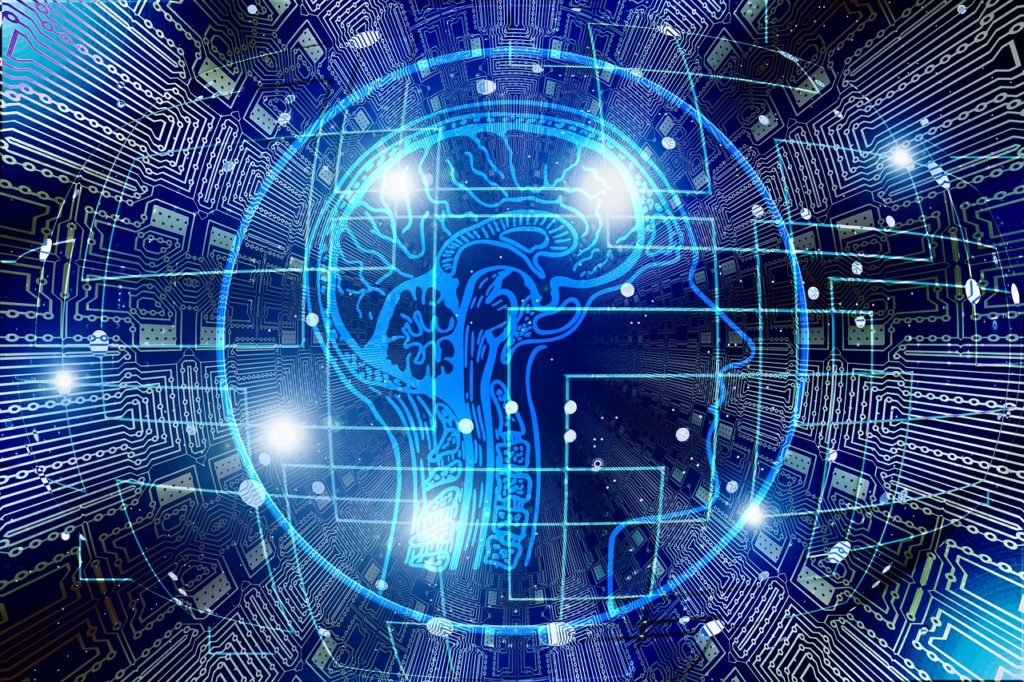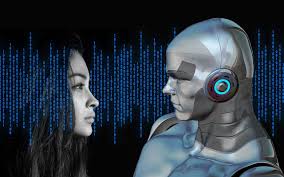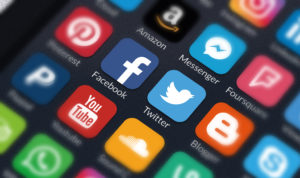There have been several articles written about how social media affects the brain. CNN reported recently that researchers at UCLA’s Brain Mapping Center found that when teenagers’ photos get lots of “likes” on social media apps, such as Instagram, their brains respond in a similar way to seeing loved ones or winning money.
Dr. Lisa Strohman, Founder and CEO of Digital Citizen Academy, in her frequent presentations to parents and teachers, stresses the fact that regions of the brain in teens become “activated” by “likes”, with the brain’s reward center becoming especially active. She compares face-to-face interactions with online interactions and the obvious fact that, when you go online, there is no way to “read” someone’s facial expressions. Often interactions are misinterpreted and messages ineffective.
Teens spend an average of 9 hours a day on social media, which now researchers say is affecting the brain’s neuroplasticity – the way the brain grows and changes after experiencing different things. What does this mean for future generations? As teens grow up, will they, for example, be able to read subtle expressions on faces? How will they adapt differently to their environment?







